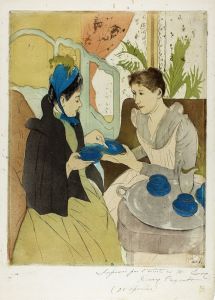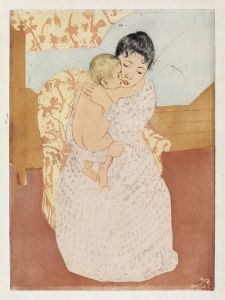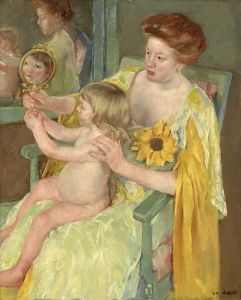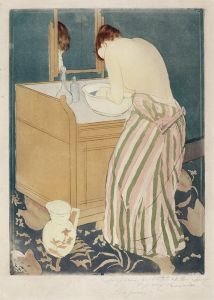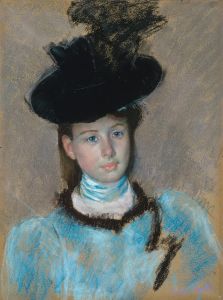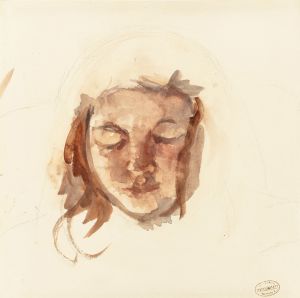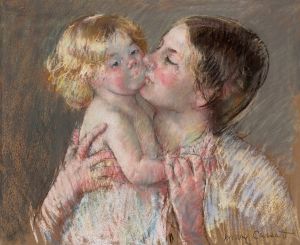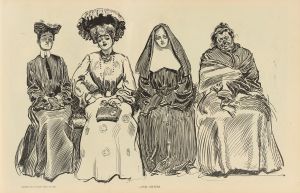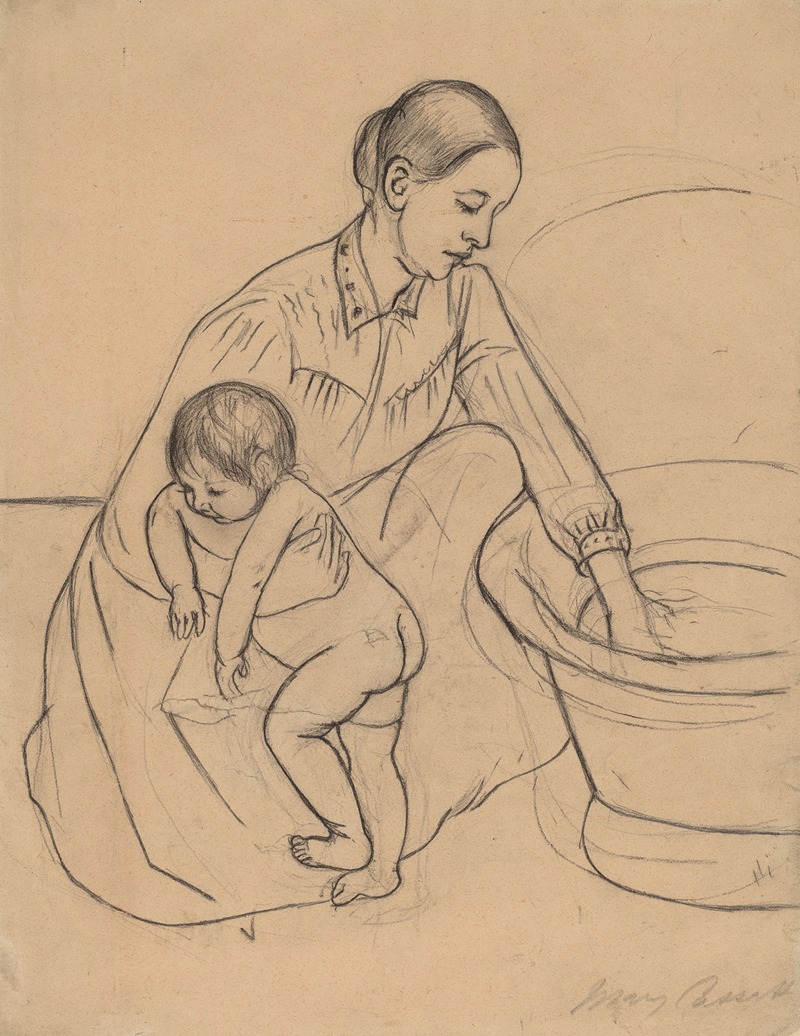
The Bath
A hand-painted replica of Mary Cassatt’s masterpiece The Bath, meticulously crafted by professional artists to capture the true essence of the original. Each piece is created with museum-quality canvas and rare mineral pigments, carefully painted by experienced artists with delicate brushstrokes and rich, layered colors to perfectly recreate the texture of the original artwork. Unlike machine-printed reproductions, this hand-painted version brings the painting to life, infused with the artist’s emotions and skill in every stroke. Whether for personal collection or home decoration, it instantly elevates the artistic atmosphere of any space.
"The Bath" is an iconic painting by the American artist Mary Cassatt, completed in 1893. Cassatt, a prominent figure in the Impressionist movement, is renowned for her sensitive depictions of women and children, and "The Bath" is one of her most celebrated works in this genre. The painting is part of the collection at the Art Institute of Chicago.
Mary Cassatt was born in Pennsylvania in 1844 and spent much of her adult life in France, where she became closely associated with the Impressionists, a group of artists who sought to capture the effects of light and atmosphere in their work. Cassatt was particularly influenced by Edgar Degas, with whom she shared a mutual respect and friendship. Her work often focused on the private and domestic lives of women, a subject that was relatively unexplored in the art world at the time.
"The Bath" exemplifies Cassatt's interest in the intimate moments of everyday life. The painting depicts a mother and child engaged in the simple, yet tender, act of bathing. The mother, seated on a chair, gently supports the child who stands in a basin of water. The composition is characterized by its use of soft, muted colors and delicate brushwork, which convey a sense of warmth and affection between the figures.
Cassatt's use of perspective in "The Bath" is particularly noteworthy. The viewer is positioned slightly above the scene, looking down at the figures, which creates a sense of intimacy and immediacy. This perspective, along with the cropped composition, reflects the influence of Japanese woodblock prints, which were popular among the Impressionists for their innovative use of space and form.
The painting's emphasis on the bond between mother and child is a recurring theme in Cassatt's work. She often portrayed women in roles that emphasized their nurturing and caregiving qualities, challenging the traditional representations of women in art. In "The Bath," the mother's attentive gaze and gentle touch highlight the tenderness and care inherent in the maternal relationship.
"The Bath" also demonstrates Cassatt's skillful use of color and light. The soft, harmonious palette of blues, greens, and pinks creates a serene and calming atmosphere. The light is diffused and gentle, enhancing the sense of intimacy and tranquility in the scene. Cassatt's brushwork is loose and fluid, capturing the textures of the fabrics and the softness of the skin with remarkable sensitivity.
This painting is a testament to Cassatt's ability to convey the emotional depth and complexity of everyday interactions. Her focus on the domestic sphere and the experiences of women and children offered a fresh perspective in the art world of the late 19th century. "The Bath" remains a beloved work, celebrated for its beauty, tenderness, and insight into the human experience.
Through "The Bath," Mary Cassatt not only contributed to the Impressionist movement but also paved the way for future generations of artists to explore themes of intimacy and domesticity. Her work continues to be studied and admired for its artistic innovation and its empathetic portrayal of the lives of women and children.








